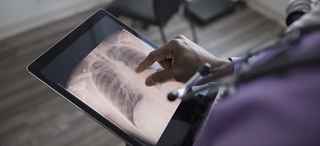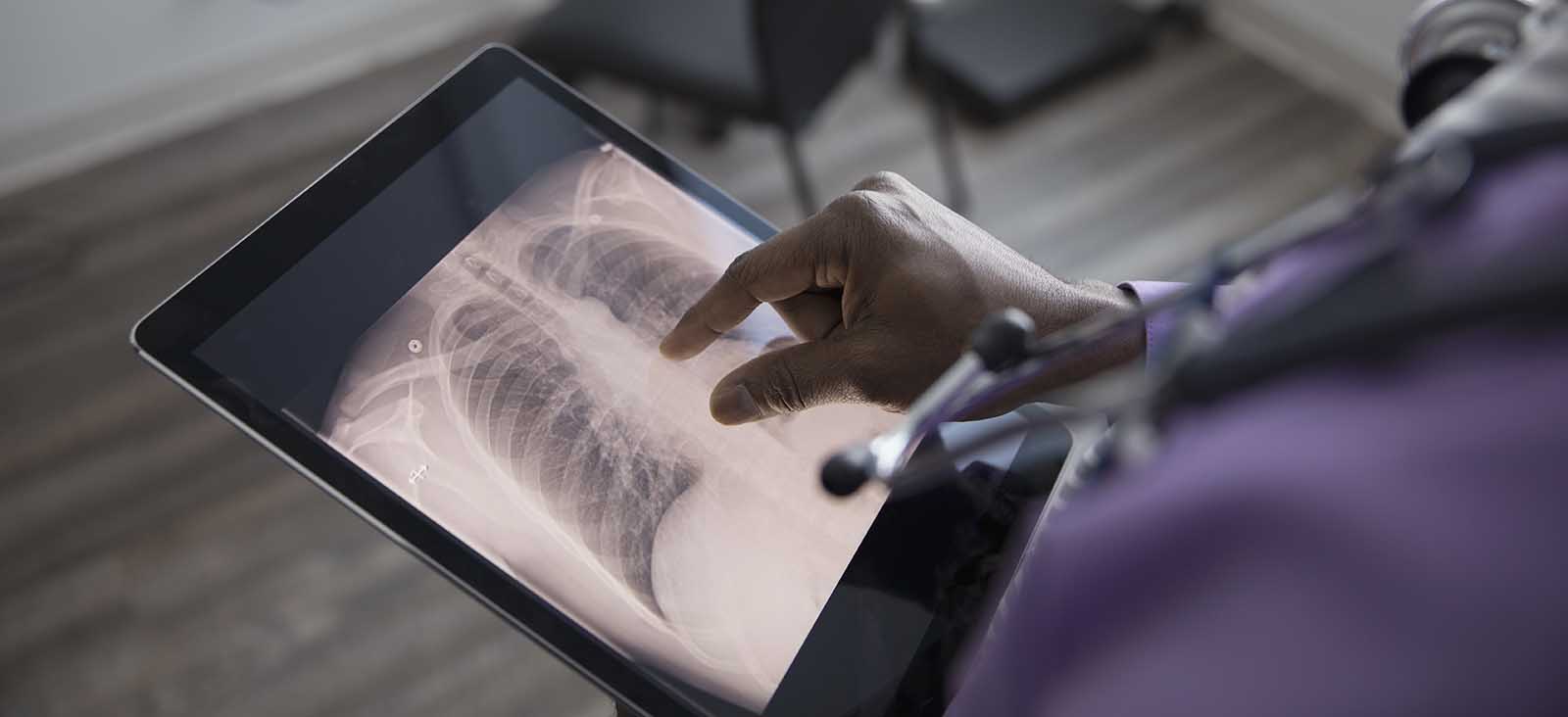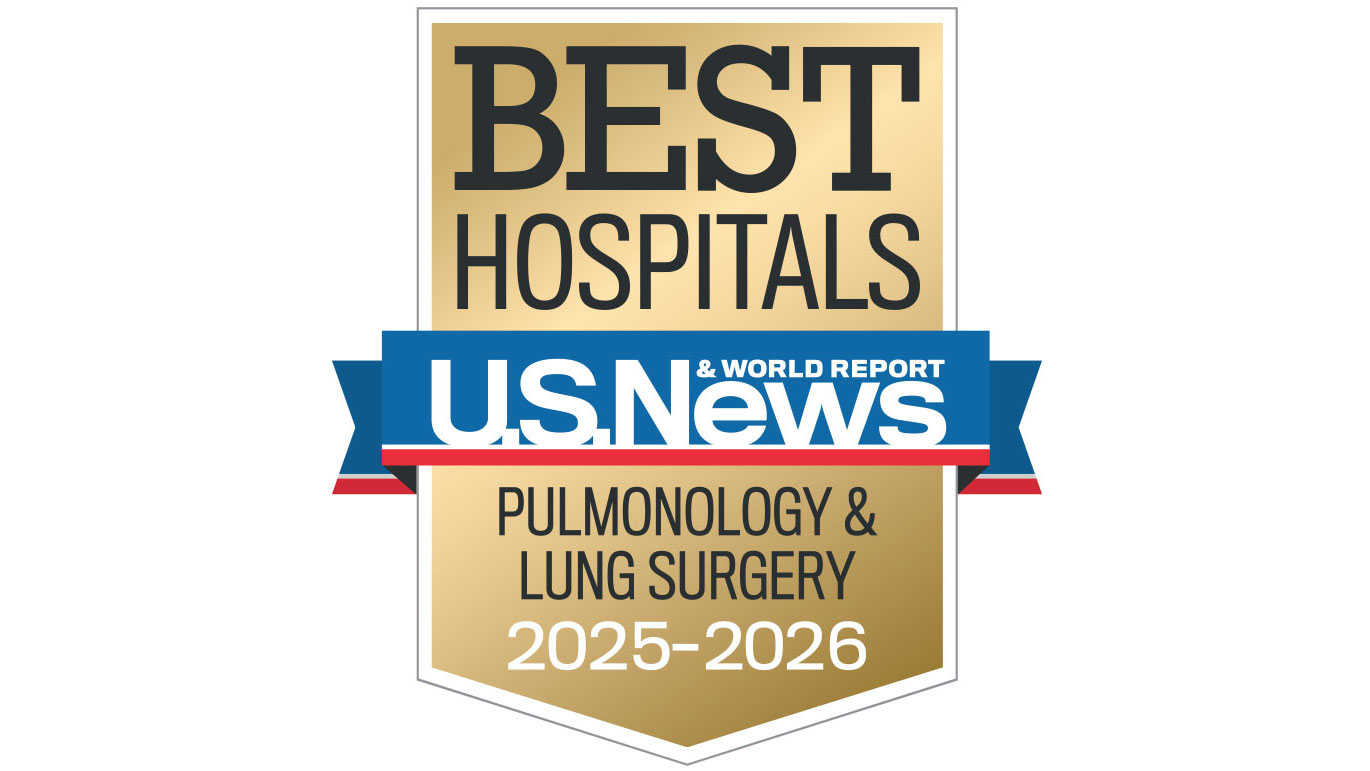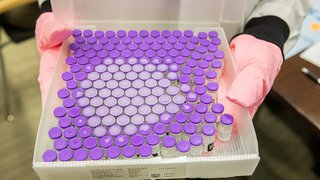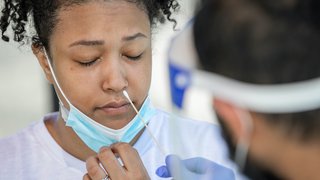Search for opportunities to participate in a clinical research study.
Interventional Pulmonology
New Patient Appointment or 214-645-8300
MedBlog
Results: 1 Locations
Allergy, Immunology, and Pulmonary Clinic
at Professional Office Building 2 5939 Harry Hines Blvd., 9th FloorDallas, Texas 75390 214-645-6616 Directions to Allergy, Immunology, and Pulmonary Clinic at Professional Office Building 2, Dallas Parking Info for Allergy, Immunology, and Pulmonary Clinic
